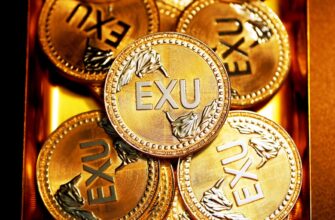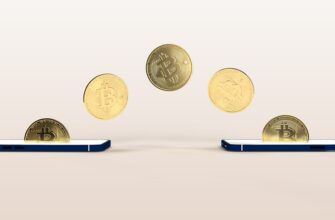- Introduction: Navigating Ethereum Spot Trading with Confidence
- What is Ethereum Spot Trading and Why Binance?
- Proven Low-Risk Strategies for ETH Spot Trading on Binance
- Essential Binance Tools for Safer ETH Trading
- Common Pitfalls to Avoid in Low-Risk ETH Trading
- FAQ: Ethereum Spot Trading on Binance
- Conclusion: Trade Smarter, Not Harder
Introduction: Navigating Ethereum Spot Trading with Confidence
Ethereum spot trading on Binance offers exciting opportunities in the crypto market, but volatility demands smart risk management. This guide reveals practical low-risk strategies to trade ETH confidently on the world’s largest exchange. Learn how to leverage Binance’s tools and disciplined approaches to minimize exposure while capitalizing on Ethereum’s potential—no leverage, no unnecessary gambles.
What is Ethereum Spot Trading and Why Binance?
Spot trading involves buying/selling cryptocurrencies like Ethereum (ETH) for immediate settlement at current market prices. Unlike futures, it avoids leverage, reducing liquidation risks. Binance dominates as the ideal platform due to:
- Unmatched Liquidity: Deep order books ensure minimal slippage even for large ETH trades.
- Low Fees: 0.1% base fee (lower with BNB discounts) maximizes returns.
- Robust Security: SAFU fund, 2FA, and institutional-grade protocols protect assets.
- User-Friendly Tools: Intuitive interface with advanced charting for precise execution.
Proven Low-Risk Strategies for ETH Spot Trading on Binance
Implement these tactics to trade Ethereum methodically and reduce downside exposure:
- Dollar-Cost Averaging (DCA): Buy fixed ETH amounts weekly/monthly regardless of price. Smooths volatility and avoids emotional timing.
- Stop-Loss & Take-Profit Orders: Automate exits! Set stop-losses 5-10% below entry to cap losses, and take-profits at 10-20% gains to lock in profits.
- Limit Order Dominance: Avoid market orders. Place buy/sell limits at strategic support/resistance levels using TradingView charts on Binance.
- Micro-Position Sizing Never risk >1-2% of your portfolio per ETH trade. Preserves capital during drawdowns.
- Trend-Following with EMA: Use 50/200-day Exponential Moving Averages to identify bullish trends—only buy ETH when price is above both.
Essential Binance Tools for Safer ETH Trading
Maximize safety with these built-in features:
- Price Alerts: Get notified when ETH hits target prices to avoid constant monitoring.
- Spot Grid Bots: Automate DCA or range-bound strategies without emotional interference.
- Binance Academy: Free courses on technical analysis and risk fundamentals.
- Portfolio Tracker: Monitor ETH allocation to maintain diversification (aim for <20% of total crypto holdings).
Common Pitfalls to Avoid in Low-Risk ETH Trading
Steer clear of these mistakes:
- Chasing Pumps: FOMO buys during rallies often lead to buying tops—wait for pullbacks.
- Ignoring Fees: Frequent trading erodes profits; optimize for Binance’s 25% BNB fee discount.
- Overconcentration: Never allocate >50% of capital to ETH. Diversify across stablecoins or blue-chip cryptos.
- Neglecting News: Monitor Ethereum upgrades (e.g., Dencun) and macroeconomic events—set Google Alerts for “Ethereum network updates”.
FAQ: Ethereum Spot Trading on Binance
- What’s the minimum ETH spot trade on Binance?
- 0.001 ETH (~$3 at current prices), making it accessible for cautious, incremental investing.
- Does Binance insure my Ethereum holdings?
- Yes, the Secure Asset Fund for Users (SAFU) covers losses in extreme events like hacks.
- How do I avoid volatility risks with ETH?
- Stick to DCA, use stop-losses, and trade only during high-liquidity hours (8:00-10:00 UTC).
- Are there tax implications?
- Spot trades are taxable events in most regions. Track transactions via Binance Tax Reporting Tool.
- Can I earn yield while holding ETH?
- Yes! Use Binance Earn for staking or flexible savings to generate 2-5% APY on idle ETH.
Conclusion: Trade Smarter, Not Harder
Spot trading Ethereum on Binance doesn’t require reckless bets. By combining disciplined strategies—DCA, automated orders, and strict position sizing—with Binance’s security and tools, you can harness ETH’s growth while sleeping soundly. Start small, prioritize capital preservation, and let compounding work in your favor. Remember: In crypto, the best traders are often the most patient.








